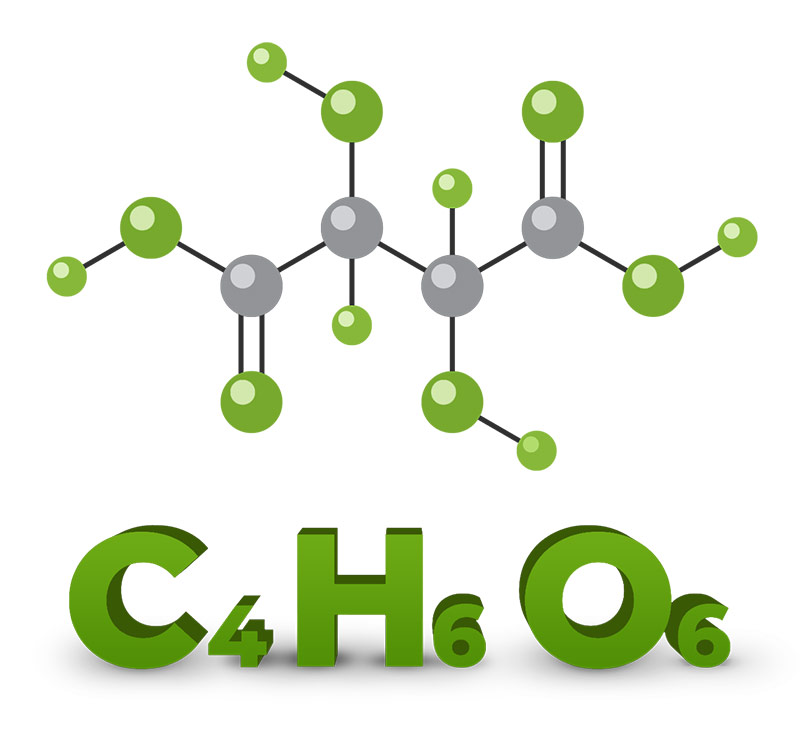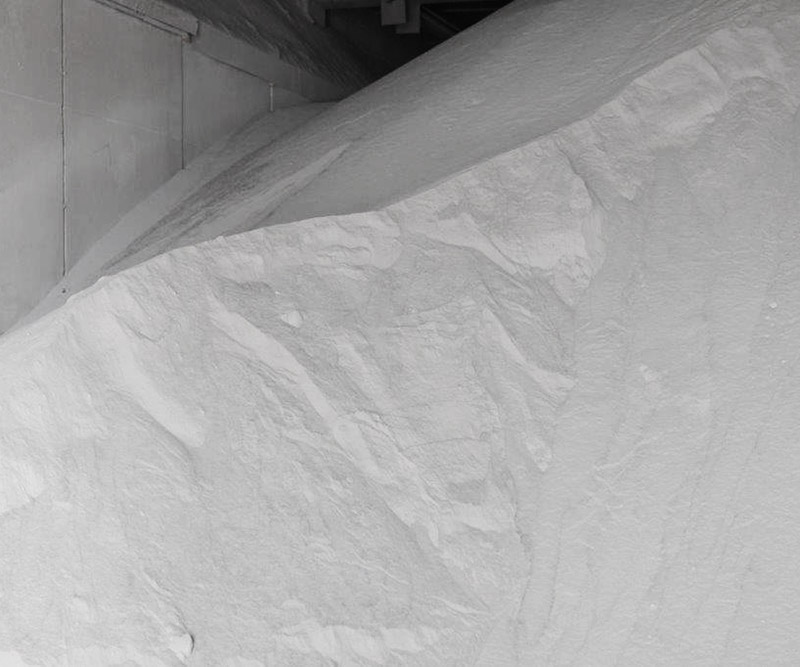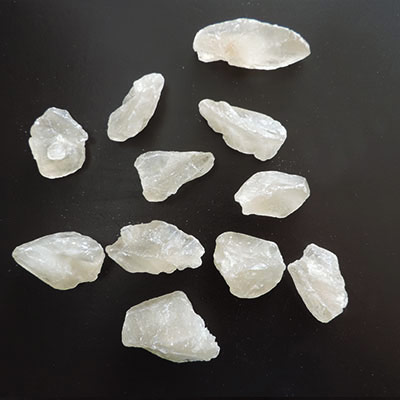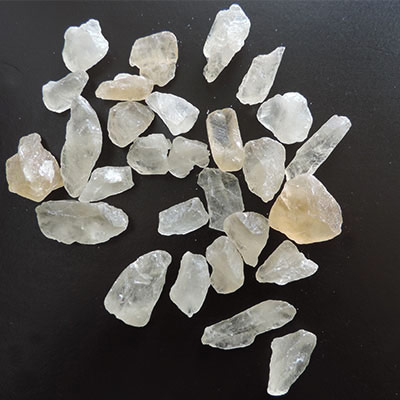Natural Tartaric acid (C4H6O6) is an organic acid which occurs in a variety of plants and especially in grapes, abundant as a free acid or combined with potassium, calcium and magnesium salt. It is well known from the ancient times that during grapes fermentation crystals of potassium ditartrate (tartar) remain on the walls of aging barrels or deposit a fine sediment, the so-called wine-lees. Today Natural Tartaric Acid is obtained through the industrial reduction of Calcium Tartrate from wine lees and wine by-products.
Tartaric Acid
What is Natural Tartaric Acid?


Even today, the only raw material used in the modern industrial production of natural tartaric acid is calcium tartrate obtained from the reduction of lees and other by-products of the wine industry. Industria Chimica Valenzana extracts it by purifying it, i.e. eliminating the sugars, alcohol, red and green dyes with which it is mixed in the grape, without using any toxic or dangerous products such as: solvents, metals or compounds chemicals of any kind.
The main properties of tartaric acid
Molecular weight: 150.09
Solubility in Water: 139G/100 ml (20° C)
Solubility in alcohol: 33g/100 ml (25° C)
Real specific weight: 1.76 G/ml
Melting Point: 168-170° C
Solubility in water: 147g/100 ml (25° C)
Apparent density: 0,6-1,3 g/ml
Equivalent Weight: 75.05
pH (1.5g/l in water): 2,2


Physical and chemical properties
Tartaric Acid, (2R,3R)-2,3-dihydroxybutane-1,4-diodic acid, appears in the form of colourless crystals or white powder, high soluble in water, freely soluble in alcohol, odourless and with a strong acidic taste.
It is chemically very stable in air and not hygroscopic.
In order to well maintain the product, Tartaric acid should be well closed in the original packing, in a dry and cool place, avoiding exposure to extreme temperatures and to direct sun light to minimize the risk of caking. Thanks to its various properties it’s a prevalent acid in the production of food and beverages, and its wide range of possible applications also includes the chemical, pharmaceutical and cement industries.




